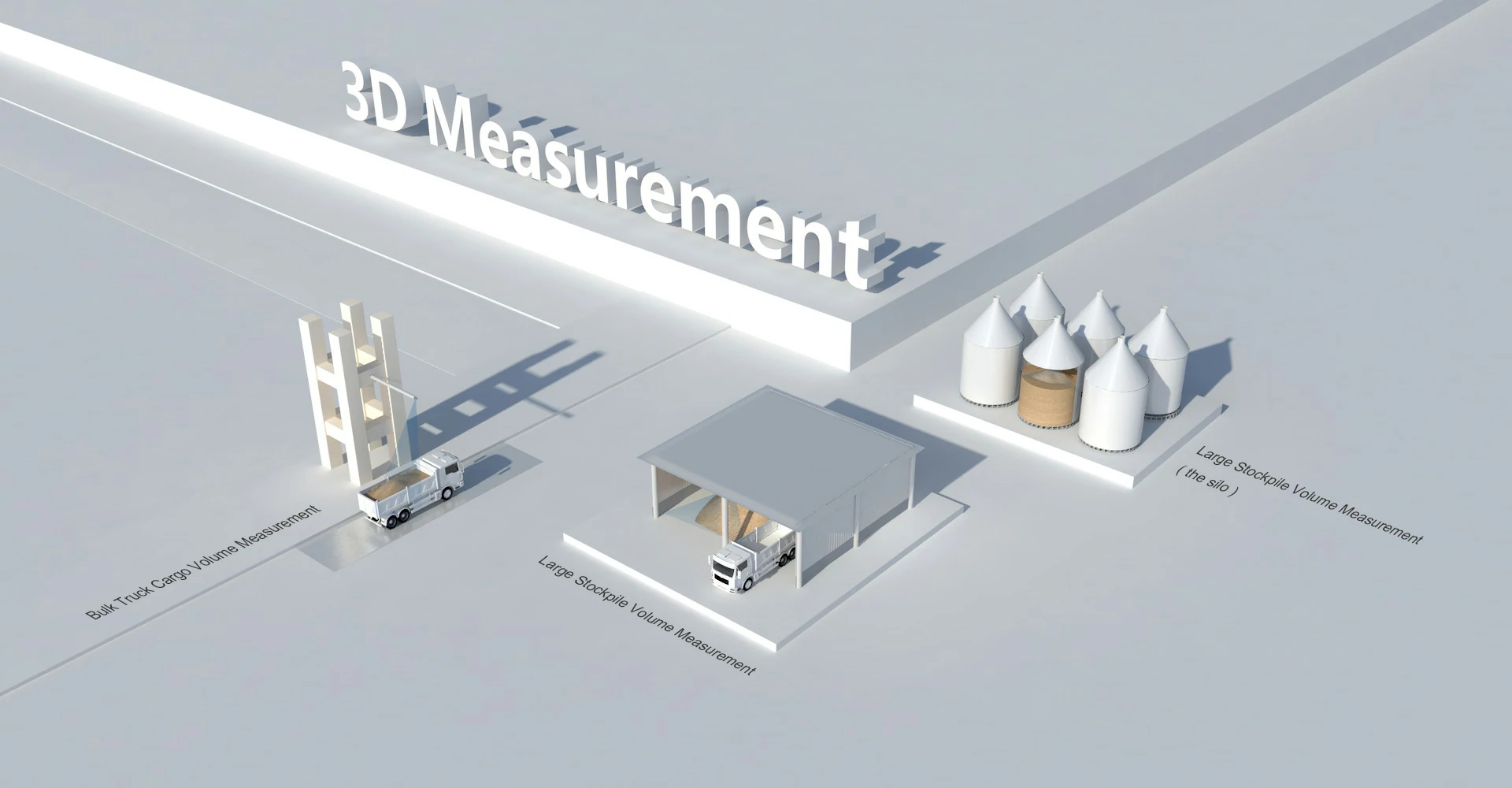
What is LIDAR FOR ARCHAEOLOGY
LIDAR, which stands for Light Detection and Ranging, is a remote sensing technology that uses laser light to measure distances to the Earth's surface. In archaeology, LIDAR is used to create highly detailed 3D maps of landscapes, revealing hidden archaeological features such as ancient structures, roads, and settlements that may not be visible on the surface. By analyzing these LIDAR-generated maps, archaeologists can gain valuable insights into past civilizations and better understand how ancient societies interacted with their environment. Overall, LIDAR technology has revolutionized archaeological research by allowing researchers to uncover and study archaeological sites in a non-invasive and efficient manner.
The Main Technology in LIDAR FOR ARCHAEOLOGY
LIDAR, which stands for Light Detection and Ranging, is a key technology in archaeology that uses laser pulses to create detailed 3D maps of the Earth's surface. By measuring the time it takes for the laser beams to bounce back after hitting an object, LIDAR can accurately determine the distance and shape of various features on the ground, such as ancient ruins, buried structures, and topographical changes. This technology has revolutionized archaeological research by allowing researchers to uncover hidden sites and landscapes without the need for extensive excavation. In summary, LIDAR technology in archaeology offers a non-invasive and efficient way to explore and document historical sites with unprecedented precision and detail.


Applications of LIDAR FOR ARCHAEOLOGY
LIDAR, or Light Detection and Ranging, has revolutionized the field of archaeology by providing detailed 3D maps of archaeological sites with unprecedented accuracy and precision. By using LIDAR technology, archaeologists can uncover hidden structures, ancient roads, and even entire lost cities that are not visible to the naked eye or traditional surveying methods. This non-invasive technique allows researchers to study landscapes in great detail without disturbing the site, making it an invaluable tool for preserving cultural heritage. Additionally, LIDAR data can be combined with other technologies such as Geographic Information Systems (GIS) to analyze and interpret the information gathered, leading to new insights and discoveries in the field of archaeology.
Benefits of LIDAR FOR ARCHAEOLOGY
Lidar, which stands for Light Detection and Ranging, has revolutionized the field of archaeology by providing a non-invasive and highly accurate method for mapping and analyzing archaeological sites. One of the key benefits of lidar for archaeology is its ability to penetrate dense vegetation and capture detailed topographic data of the underlying terrain. This allows archaeologists to uncover hidden features such as ancient roads, structures, and settlements that may not be visible to the naked eye or traditional surveying methods. Lidar also enables researchers to create 3D models of archaeological sites, aiding in the interpretation and preservation of cultural heritage. Overall, lidar technology has significantly enhanced the efficiency and precision of archaeological surveys, leading to new discoveries and insights into the past.

LiDAR in Construction Monitoring
Neuvition's Titan series LiDAR sensors offer high-precision 3D scanning capabilities
ideal for construction site monitoring. The Titan M1 series, with its long-range and
high-resolution features, can capture detailed site data for accurate progress tracking
and volumetric measurements.
Neuvition LiDAR Products Overview

Titan S2
Specialized for specific industrial uses.
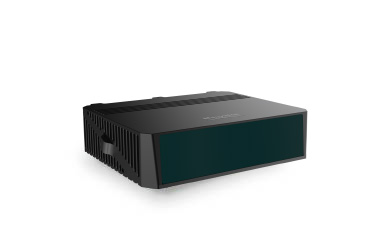
NeuX1
Next-generation LiDAR technology with enhanced capabilities.
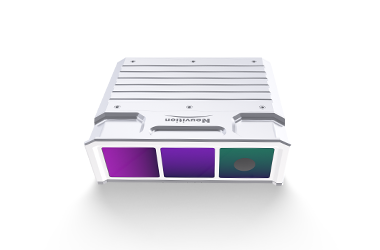
Titan M1 Series
Long-range, high-resolution LiDAR sensors for various applications.
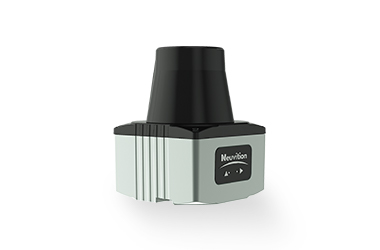
Titan W1
Designed for wide-angle scanning in challenging environments.
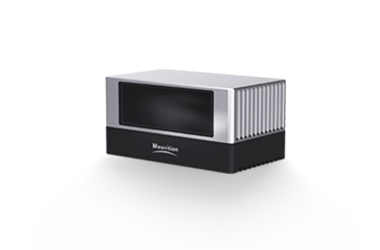
Titan P1
Compact and versatile for mobile and robotics applications.
Neuvition LiDAR Products Overview
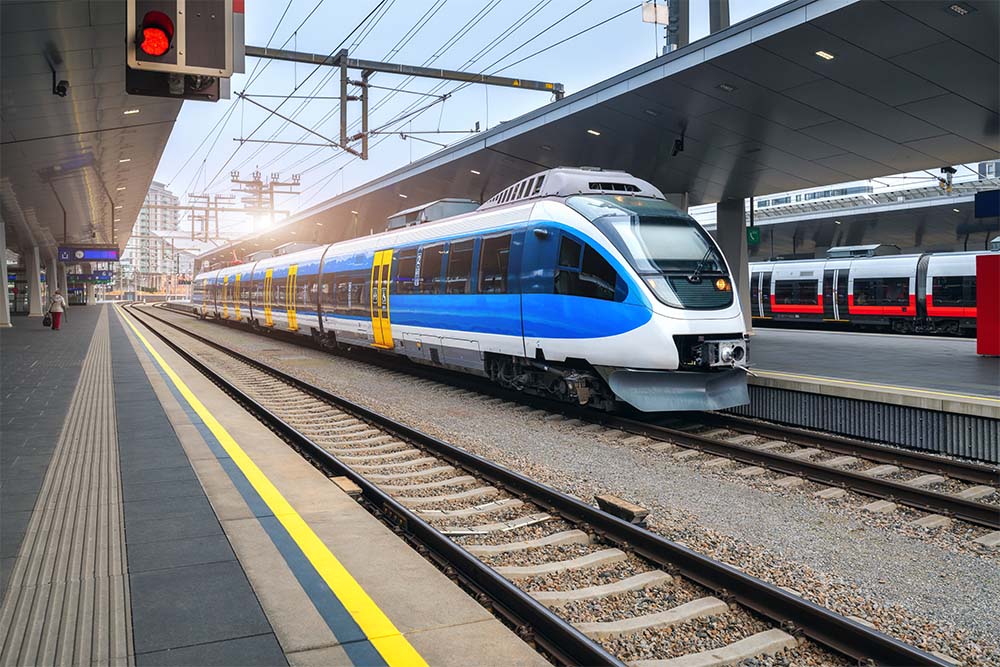
Railway Collision Avoidance
Enhancing safety in rail transportation.
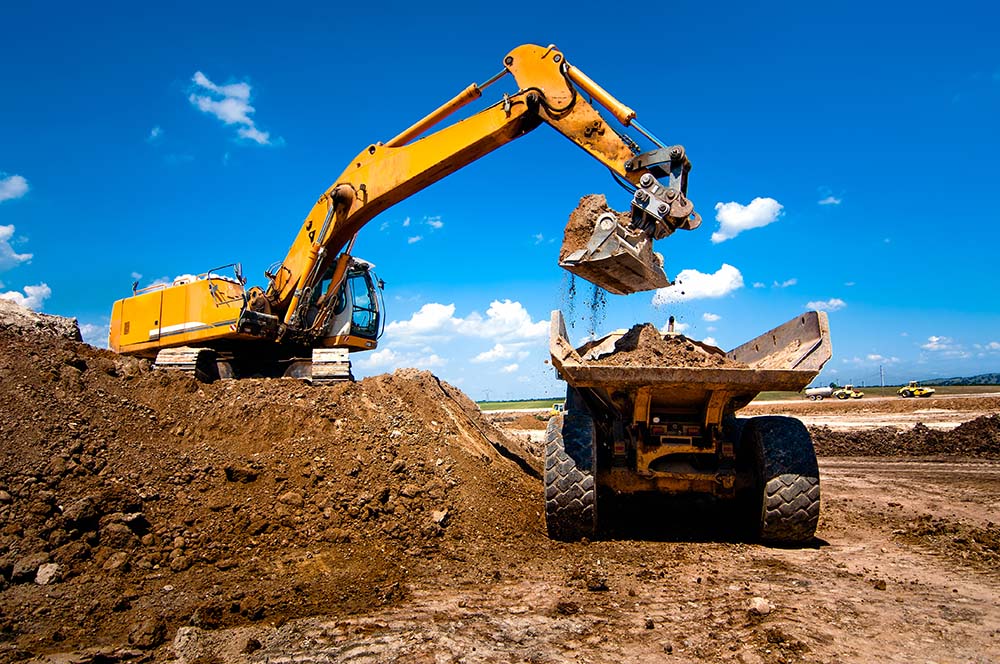
Volume Measurement
Accurate 3D volume calculations for industries like mining and construction.
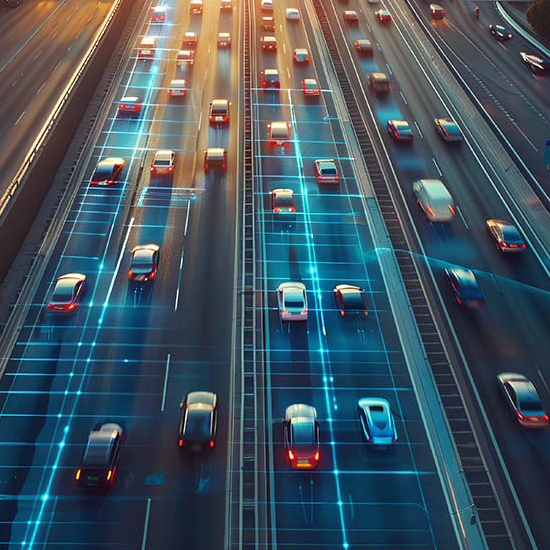
Smart Highway
Improving road safety and traffic management.
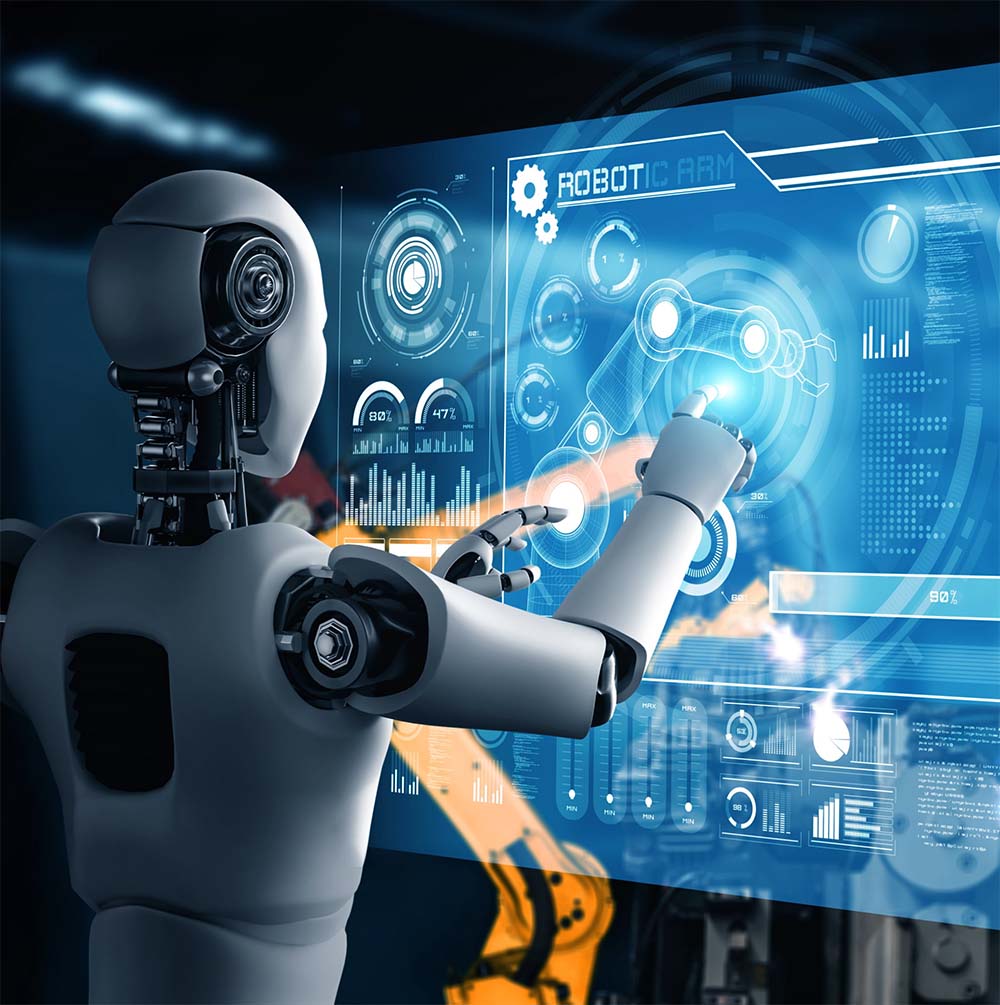
Robotics
Enabling precise navigation and object detection for autonomous robots.
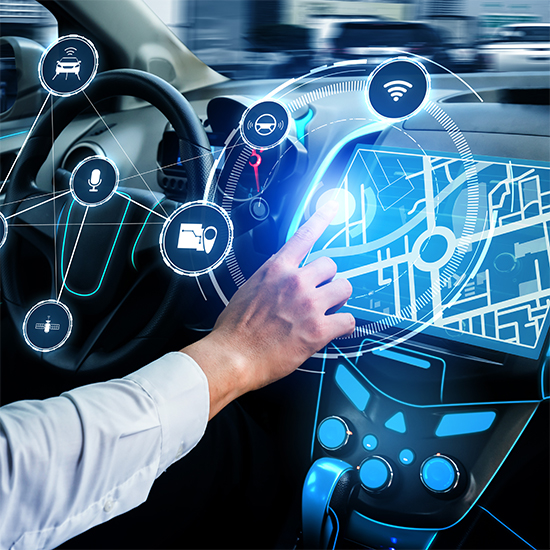
Autonomous Driving
Advanced sensing for self-driving vehicles.
Application Areas of LiDAR
Benefits of Using LiDAR

High accuracy and
precision in 3D mapping

Real-time data
collection and processing

Ability to penetrate vegetation
and capture ground topography

Efficient large-scale
surveying and mapping

Enhanced safety in
autonomous systems

Improved decision-making
with detailed spatial information
Software Solutions for LiDAR
Neuvition provides software solutions to complement its hardware, including point cloud processing and analysis
tools, real-time visualization software, a data integration platform for enterprise applications, and customized
algorithms tailored to specific industry needs.

Success Stories
MetroInnovate Urban Solutions improved traffic flow by 15% after implementing Neuvition's Smart Highway system. Emily Parker, the Director of Smart City Development, played a key role in deploying this system to enhance urban traffic management and reduce congestion.

BuildMaster Construction reduced project timelines by 20% using Neuvition's LiDAR-based site monitoring solution. Michael Thompson, the COO, led the adoption of this technology, focusing on improving efficiency and project management.

DeepCore Mining increased excavation efficiency by 25% with Neuvition's volume measurement solution. Robert Lin, the Head of Operations, was instrumental in integrating this technology to optimize resource extraction and operational productivity.

FAQ












Contact Us
If you have any questions or suggestions, please leave a message, we will get in touch with you within 24 hours!
